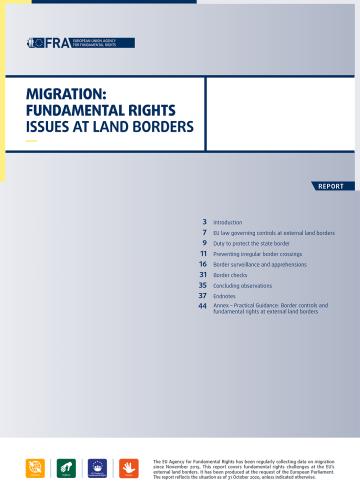
Interoperability and fundamental rights implications
The content of the two proposals is essentially the same. Therefore, in this Opinion, FRA treats them together. All references to proposed legal provisions relate to both instruments, except when otherwise specified. Among the legal provisions pointed out by FRA in this Opinion, Articles 55a, 55b and 55e, and Recitals 58 and 59 apply only to the proposed Interoperability Regulation on borders and visas.
The FRA Opinion analyses the implications of increased levels of interoperability for fundamental rights.
Core elements of proposed interoperability
The proposed regulations intend to achieve interoperability between IT systems through four different components:
- a European Search Portal – ESP, to allow competent authorities to search multiple IT systems simultaneously, using both biographical and biometric data;
- a shared Biometric Matching Service – BMS, to enable the searching and comparing of biometric data (fingerprints and facial images) from several IT systems;
- a Common Identity Repository – CIR, containing biographical and biometric identity data of third-country nationals available in existing EU IT systems;
- a Multiple-Identity Detector – MID, to check whether the biographical and/or biometric identity data contained in a search exists in other IT systems so as to enable the detection of multiple identities.
A central element of the proposals is the verification of the identity of those individuals whose data are stored in one of the underlying IT systems and the detection of people who fraudulently use different identities. To achieve this, the identity data on a person stored in any of the IT systems except SIS are moved from the individual system to a common data storage – the Common Identity Repository. Annex 1 illustrates the type of data concerned, which also include biometrics. Entries that refer to the same person are linked. In some way, the Common Identity Repository established by the proposals could be described as a database of identities, which if deemed necessary in future could also be used for purposes beyond those currently envisaged.



